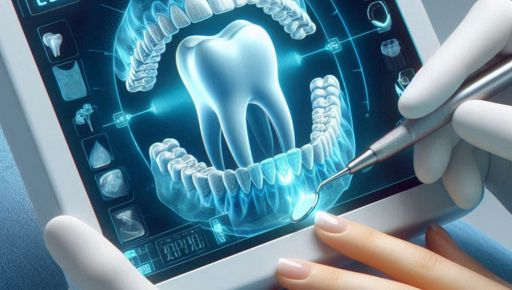How are Digital Impressions making Dental Procedures faster and more accurate?
Digital impressions have changed the way dentistry used to function. It made it smoother, more precise, and faster for patients and practitioners. The replacement of traditional molds and trays with advanced scanning technology has streamlined dental procedures from crowns to implants and aligners.
This acceptance of digital technologies has helped dentists to work with better accuracy and efficiency. This enhanced the patient’s comfort as well by providing long-term dental outcomes. Below is a closer look at what general dentist in Chicago, IL believe about this.
Digital Impressions
These are advanced scanning technology that creates an accurate 3D representation of a patient’s teeth and gums. It is better to rely on technology than on traditional impression material that is highly uncomfortable and error-prone. Moreover, digital scanners take a minute to capture every detail. The captured images are then used to design dental restorations. The dentist also uses them to fabricate orthodontic devices and plan surgical processes without any need for physical molds.
Why do dentists find it better?
Precision: Traditional methods distort slightly as they harden. This leads to ill-fitting of dental work and additional adjustments. On the other way, digital impressions reduce inaccuracies by capturing precise 3D data. It can detect the tiniest imperfections. This precision also ensures restorations like aligners and crowns.
Patient comfort: Patients generally don’t like traditional impressions as the material triggers the gag reflexes and makes them feel unpleasant. Digital impressions include a small handheld scanner that gently moves around the mouth and gives a more comfortable experience. This process is quicker and takes a few minutes to capture the scan. This also minimized patients’ time to spend in the chair.
Better turnaround times: Digital impressions make the entire workflow easy for dental. As the scan is taken, the dental specialist can send it to the dental lab for processing or to create a house model. This accelerates the entire designing and manufacturing phase of dental restorations and appliances, thus giving an edge to dentists to deliver faster results. Also, as the procedure is complete on the same day it is easy to integrate the CAD/CAM system for in-house milling of crowns.
Higher success rates: Dental impressions provide accurate and detailed images thus the chances of error are reduced. An accurate impression from the outset also increases the success rate of dental restoration. Some complex procedures like aligners and implants need very precise digital impressions which helps in better planning.
The future
As digital technology continues to evolve, it is more likely to say that digital impressions will be more acceptable. It is likely to become the standard across all dental practices. Some enhanced software capabilities will be of better use to dentists to deliver efficient, accurate, and comfortable treatments. Also, as the practices are adopting digital workflow the cost for the technology will decrease hence making it more accessible to patients.
Conclusion
The rise of digital impressions for dentists is a win-win situation for both sides. Practitioners can use technology to reduce the guesswork and get better-fitting restorations with fewer adjustments. On the other hand, patients will be at ease. The experience is quicker, they get more comfortable and have long-term dental outcomes. And with the growing focus, the eco-friendly practices will evolve. This will help dental treatments to adapt better to the changes in sustainability.
In the world of dentistry, digital impressions are of great help. They not only make the dental process efficient and accurate but also help the patients feel better. As technology evolves, the expectations for more exciting advancement will level up in the healthcare sector.

